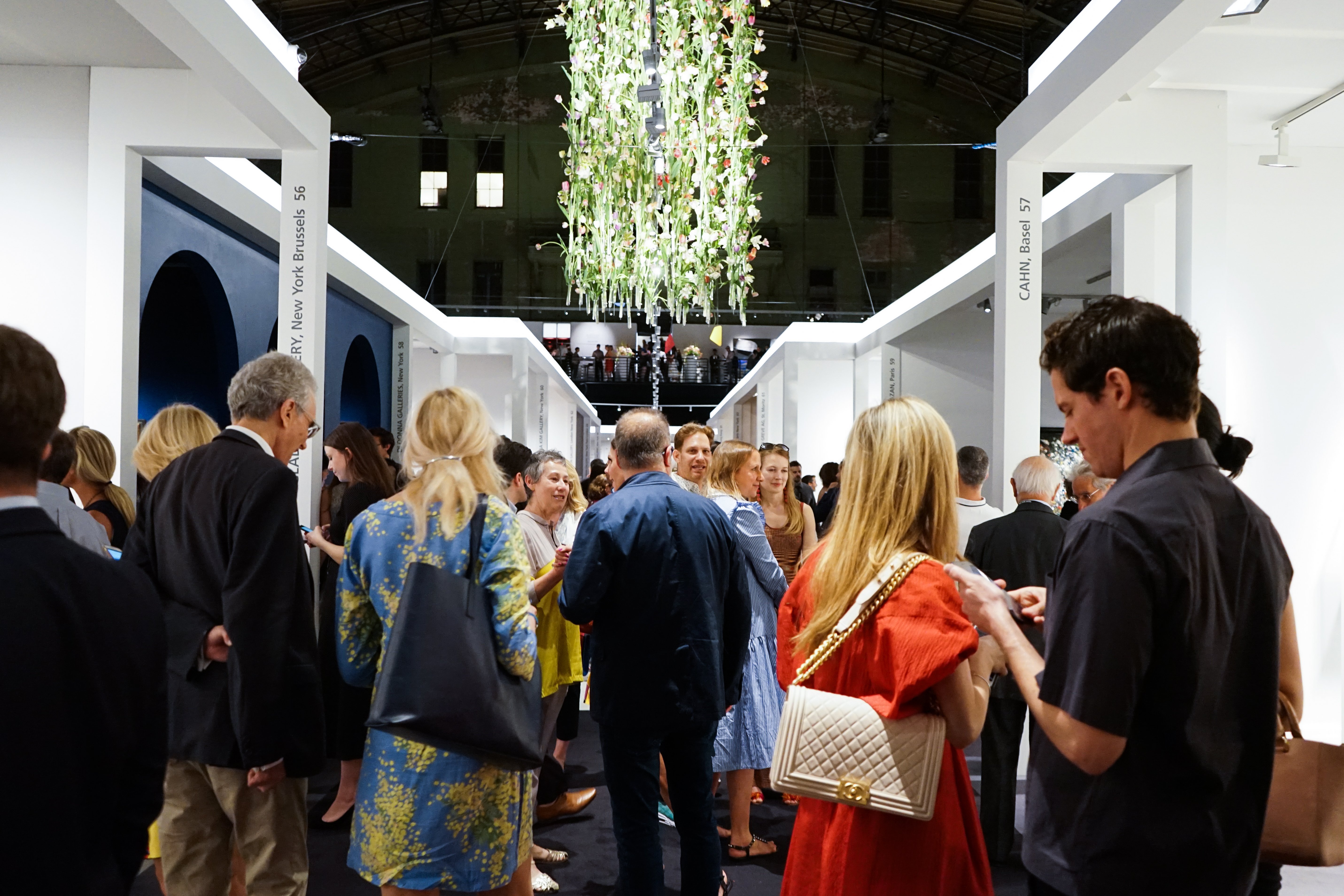
It may not take rigorous number crunching to feel confident that, in the art market, the rich keep getting richer. But we now have a new study to define the contours of that trend more clearly than ever—and some of its findings suggest the divide between the apex and the rest of the field is starker than even close observers may have realized.
Timed to the opening of its second annual spring fair in New York, the European Fine Art Foundation (TEFAF) this morning released its overview of art-backed loans and the funding practices of galleries and dealers. Commissioned from Anders Petterson, the founder of art-industry analytics firm ArtTactic and a previous author of Deloitte’s annual Art & Finance Report, TEFAF’s Art Dealer Finance 2018 views this niche from multiple angles to try to provide the most comprehensive picture of reality.
Two prongs converge to deliver the findings. The first consists of a survey of 142 galleries and dealers admitted to TEFAF’s art fairs worldwide—more than 50 percent of all participants—conducted in January and February 2018. The second consists of a series of interviews with what the report terms “key finance providers” in the field, ranging from private and commercial banks to firms specializing in art-secured lending (also known as loans where art is used as collateral).
Among the study’s key results, the following four best capture the tailwinds pushing the market’s highest fliers even further ahead. Just keep in mind that all estimates below are considered likely, but not certain. As always, beware of the unknowns.
- The global market for loans backed by art was between $17 billion and $20 billion in 2017—but only about 8 to 10 percent of those funds went to galleries and dealers. Private collectors likely secured the other $18 billion to $18.5 billion in financing, most often to plow the resulting capital into assets that provide a regular return, like stock and real estate. In this sense, wealthy collectors recognize that art can be a direct avenue to more immediate wealth, even without reselling the work.
- Of the few dealers who borrow against art, more than 90 percent operate in the United States, the undisputed industry leader in art sales. The disparity between American and international dealers largely owes to features of the Universal Commercial Code (UCC) that allow borrowers to maintain possession of their collateral (in this case, artwork) throughout the loan term—although a more entrepreneurial, less reverent American attitude toward art may also play a role.
- The richest dealers are the likeliest to secure art-backed loans. Only 15 percent of surveyed dealers had borrowed against artwork. Of that group, 75 percent said that the loan came from a private bank—an avenue only available to private individuals with high net worth. This raises the likelihood that the work in question came from their personal holdings, not gallery-owned inventory.
- Most dealers who want financing probably can’t get it. Although 31 percent of surveyed dealers expressed an interest in borrowing against their art, 57 percent judged their actual access to financing as “poor” or “very poor.” (This is an issue also highlighted recently by Marc Spiegler, the director of the Art Basel fairs, who recently proposed that larger dealers consider co-signing loans for smaller galleries.) In general, however, art financiers say that the risks involved in lending to most dealers are simply too high to underwrite, often because…
- The due diligence required by responsible lenders is a major turn-off to many dealers. Among dealers resistant to art-secured financing, 44 percent cited the slow-moving, laborious process of finalizing loans as “more trouble than it was worth.” It’s reasonable to assume that the wealthiest, most well-resourced art sellers are the ones most willing and able to satisfy lender’s concerns about provenance, authenticity, valuation, and other need-to-know aspects about the work in question.
These conclusions are especially extreme given that the pool of respondents as a whole already represents only a commercially powerful vanguard of the larger gallery and dealer population. As the report emphasizes, TEFAF’s vetting committee is famously selective, both of its exhibitors and of the works deemed fit for sale in its fairs. If only the most elite of this elite club are willing and able to secure loans against their art, how grim are the options for rest of the field—incidentally, the galleries and dealers who likely need help the most?
Maybe future studies will offer even more insight. TEFAF’s Art Dealer Finance 2018 is the first of the targeted reports it has pledged to produce going forward. The organization announced this January that its 2017 study of the overall art market would be its last, shredding what had been TEFAF’s calling card in industry analytics since the turn of the millennium. Time will tell how art professionals judge the pivot, as well as which aspects of the market future studies will address.